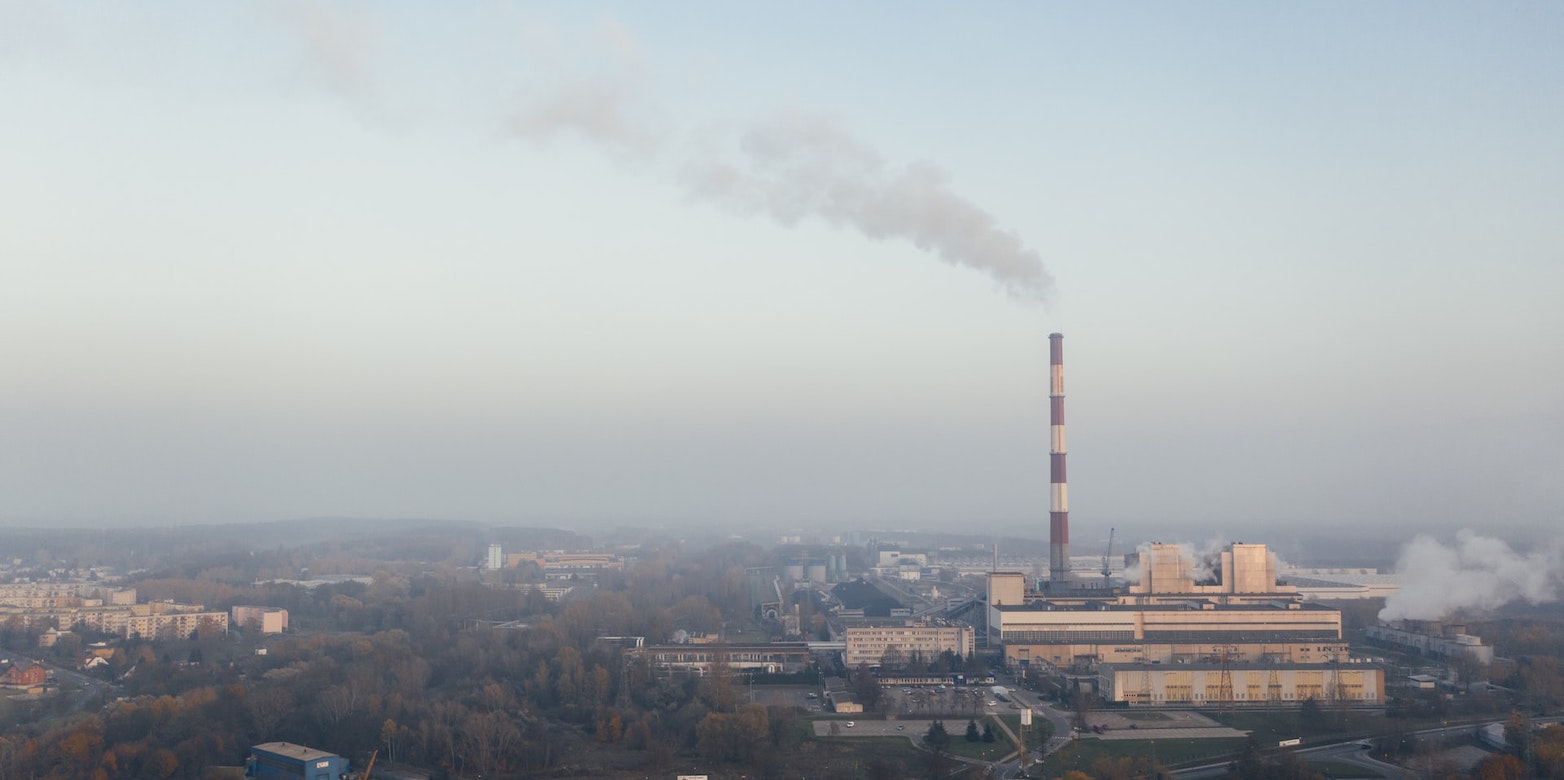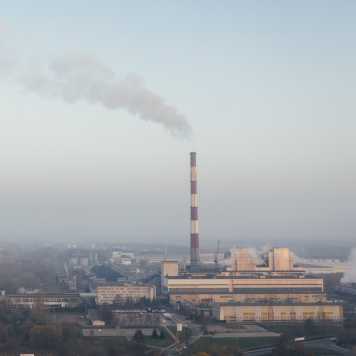Achieving carbon neutrality
Is carbon neutrality an achievable goal? Dr Jimeno Fonseca discusses how a carbon-neutral future can possibly be achieved in episode 13 of the FCL Podcast.

As countries pledge to reduce human-induced climate change, achieving a balance with the ecosystem where all emissions produced are offset or reduced requires multi-level strategies by governments, companies and individuals. This balance is known as carbon neutrality. What are some of the efforts that can be taken in the drive towards carbon neutrality?
In September last year, the United Nations (UN) announced a pledge by 66 countries to achieve net zero carbon dioxide emissions by the year 2050. How do we get there? Is carbon taxation a feasible strategy to work towards achieving carbon neutrality?
In episode 13 of the FCL podcast, Dr Jimeno Fonseca discusses the way towards a carbon neutral future and shares the various methods in which it can be achieved through such as: concrete policy plans, support for innovations in clean energy technology, responsible company culture, and individual changes to lifestyles and behaviour.
Dr Jimeno Fonseca is a Senior Researcher and Principal Investigator of the Multi-scale Energy Systems for Low Carbon Cities (MuSES) project at the Future Cities Laboratory (FCL) programme. He is an expert in modeling, analysis, and optimization of urban energy systems. His research studies how spatial and temporal changes in climate and urbanization affect the mission, structure and performance of energy infrastructure.
